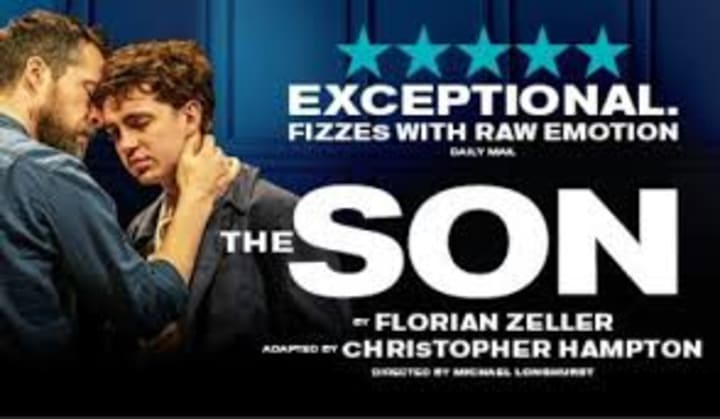Short Form Writing
Similarities and differences between short form screenplays, stage plays and stories.

Each writing output always follows the five key elements for a good story: character, setting, conflict, plot and theme. Also, each medium always consists of the dramatic structure, whereby a character wants something, meets an obstacle stopping them from getting what they want, then they achieve their goal or fail. There will always be a strong character arc explored within the story, but the ways in which this is portrayed, varies from each creative output.
The function of dialogue is different for each short form. Dialogue is used to tell the story in a screenplay; everything that is said is important. Dialogue in a screenplay, reveals characters in a different way to how a character could be portrayed in another output. For example, in a short story, the character can be revealed by their personal thoughts; all the things that go on inside their head. But in a screenplay, everything that is said through dialogue stands to move the plot forward, with not much room for exposition. Furthermore, dialogue in short stories can be a lot looser and freer, as descriptions and conflict serve to be the more important function of the short story. Due to the importance of dialogue in a screenplay, it is crafted and the writer has to be economical, whilst still making it authentic, whereas in prose, there is more room for the writer to be poetical and ‘fluffy’ with dialogue.

Stage plays are also dialogue driven. Dialogue greatly outweighs stage directions. The formatting reflects this. Dialogue in a play is given wider margins, while action is given a smaller margin. The story in a stage pay is told through dialogue. It's an unwritten rule of theatre that many directors and actors take stage directions as a suggestion. The dialogue, however, is set in stone.
Both screenplays and stage plays are designed to be the foundation for a larger production; both serve as blueprints. Screenplays are not the final version of the story being told; it is the written version of a moving picture. A prose writer’s final product is the short story they’re writing, but with a screenplay, the writing is there for visual and audio interpretation. The formatting ‘rules’ and structure, are there as a manual for the cast and crew to translate what is written on the page, into something that can be seen on the screen.
Audiences will experience each writing medium in a different way. Short stories give the audience time to be reflective and isolated when reading. When read aloud, they can be enjoyed communally, but the audience are likely to reflect upon the story in their own way, based upon their own life and experiences. The audience is given the option to re-read a paragraph before moving on, or take time out to process what they’ve just read, but an audience member doesn’t often do that with a short film. Short films are more immersive, the audience member is often thrown into the story with the same point of view as the protagonist, seeing and experiencing what they do.
This is also the case for stage plays. The audience experience the play with live action; they can see events unfold in front of them. They are always watched communally and can sometimes encourage audience participation, which breaks the third wall – unlike short stories and screenplays.Audiences are more likely to experiment with genre when watching a short film or reading a short story, as it doesn’t take up much time and they can just turn off the film/put down a book if they’re not enjoying it. However, with stage plays, you pay to watch a show, so the audience is likely to be a fan of the genre already; as many people wouldn’t want to risk having to sit through a play that they could potentially find disinteresting and boring.

For each creative output, there are ways in which the work can be realised, and potentially published or made. Doing groundwork is vital. There are a lot of competitions open all year for submissions, and many are for short form writing. However, a writer not researching the company they are submitting to could be detrimental, it could make it look as if the writer isn’t serious about their career.
Short story competitions are the most popular amongst the short form and can be found online very easily. Not only this, but writers are often encouraged at festivals to show samples of their own work, or give an ‘elevator pitch’ to potential publishers. Having a short script produced proves to be harder. There are screenwriting competitions which are often free or cost a small fee. But with film, the screenwriter making themselves known is key. Attending festivals or writing to known producers could aid a screenwriter in having their work recognised and produced.
Similarly, with stage plays, contacting theatres is often the best way to get a writer and their work known. Many amateur theatres run competitions, alongside the larger theatre groups.
There are a lot of similarities and differences between the different forms of short writing. The main similarity being that each form uses the same character arc and dramatic structure, and the main difference being the function of dialogue. Each creative output hosts a different audience, and they each have different means of being published. The short form offers quick, meaningful stories that can be enjoyed in isolation, or with a group of people.
About the Creator
Rebecca Smith
She/Her
Just be f*cking nice 🙌






Comments
Rebecca Smith is not accepting comments at the moment
Want to show your support? Send them a one-off tip.